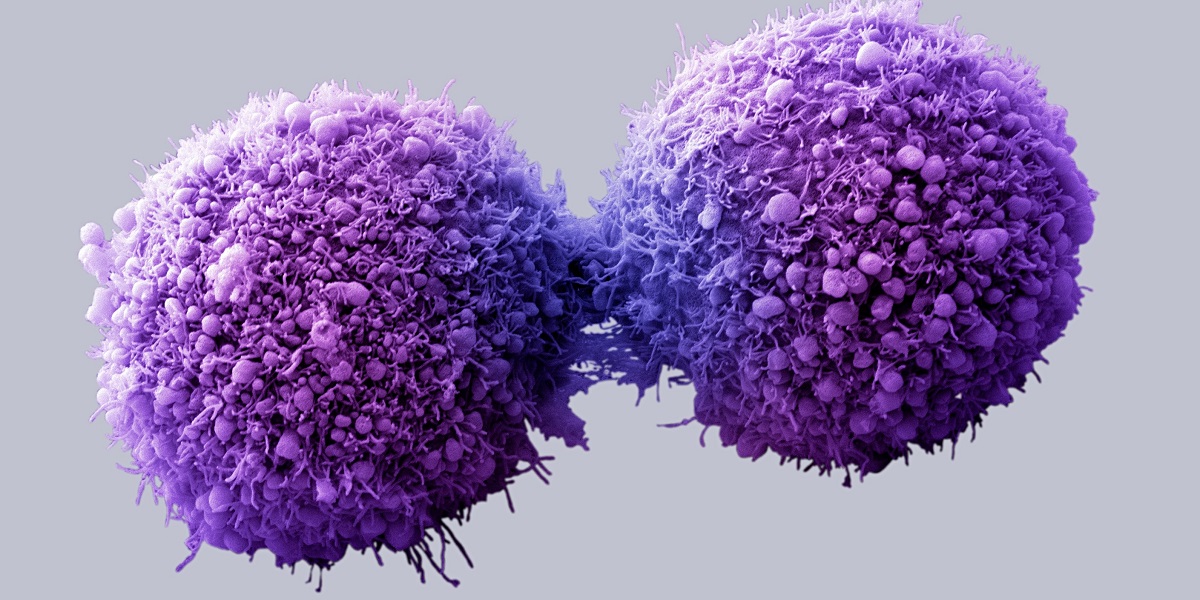Cancer Survival Rates
Release of the cancer incidence and survival statistics for Northern Ireland 2010-2014

In March 2016, the Queen’s University N. Ireland Cancer Registry (NICR) released the number of new cancer cases diagnosed (incidence) in Northern Ireland in 2014. Website available at: www.qub.ac.uk/nicr. Legislation designating the NICR as an official producer of cancer statistics came into place 01 April 2012.
The yearly average of incidence for patients diagnosed 2010-2014 is presented as a stable estimate of incidence in Northern Ireland (NI), and in various geographic groups. The release also updates cancer incidence trends and survival statistics 1993-2014.
Key facts and figures are presented below.
Cancer incidence 2010-2014
- In the period 2010-2014 there were 4,426 male and 4,393 female patients diagnosed with cancer each year during 2010-2014 (excluding 3,450 cases per year of the common but rarely fatal Non Melanoma Skin Cancer [NMSC]).
- Excluding NMSC the odds of developing a cancer by the age of 75 was 1 in 3.4 for men and 1 in 3.8 for women.
- Cancer risk is strongly related to age with 62% of cases occurring in people over the age of 65 and incidence rates greatest for those aged 80-89 years.
- The most common cancers diagnosed among males between 2010 and 2014 were prostate (24% of all cancer in males), colorectal (15%), lung (15%) while the most common cancers among women were breast (28% of all cancer in females), colorectal (12%), lung (12%).
Cancer incidence trends
- Over the ten years from 2005 to 2014, the number of cancer cases (excluding NMSC) has increased among men from 3,619 to 4,486 (an increase of 24%) and from 3,648 to 4,454 among women (an increase of 22%). These increases are largely due to our aging population.
- After adjusting for age, there was a steady increase in cancer incidence rates in males between 1998 and 2011, followed by a decrease from 2011 to 2014 by an average of 2.4% per year. In contrast, since 1993 female incidence rates have shown a continuous increase by an average of 0.8% per year from 1993 to 2014. These changes reflect increasing rates of lung cancer linked to smoking trends among women and increasing breast cancer incidence.
Incidence rates by socio-economic deprivation
- Cancer incidence is 14% higher in the most deprived communities compared to the Northern Ireland average and 8% lower in the least deprived communities. This varies significantly by cancer site with incidence of head & neck, oesophagus, stomach, lung, male-colorectal, bladder and cervix cancers higher in more deprived areas and incidence of melanoma and prostate cancer higher in the least deprived communities.
Survival statistics updated
- Over 54% of all cancer patients survived five years after diagnosis. Over 20% of patients died within 6 month of diagnosis, while over 70% of patients were alive one year after diagnosis.
- Five-year net survival rates for patients diagnosed between 2004 to 2008 were as follows: female breast (80.9%), colorectal (54.6%), prostate (87.6%), lung (10.5%). These survival rates have all shown improvement compared to patients diagnosed in the period 1993 to 1999, though gains in lung cancer survival were slight. Improvements in survival are expected to continue in the period 2010-2014.
- Marked improvements in colorectal cancer one-year survival have been observed, increasing from 77.3% for patients diagnosed 2005-09 to 81.5% for those diagnosed between 2010 and 2013. This appears to be a consequence of the introduction of the Northern Ireland bowel screening programme with an increase in patients diagnosed with early stage disease among those in the screened age group.
